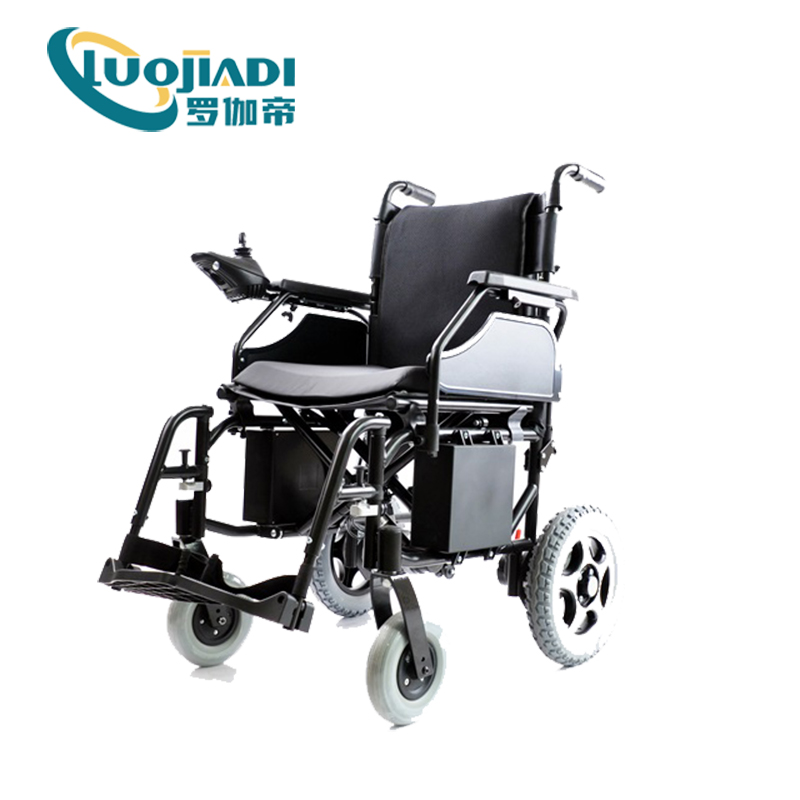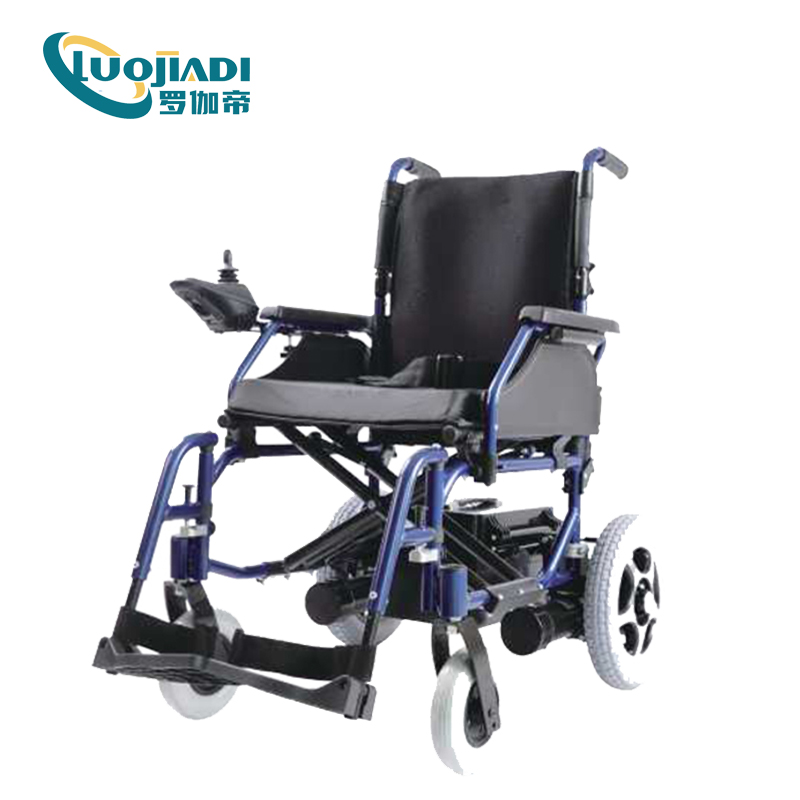There are three main types of tubular heat exchangers:
Fixed tube plate
The fixed tube plate heat exchanger is to weld the tube sheets at both ends directly to the shell. It is mainly composed of main parts such as outer casing, tube sheet, tube bundle and head. A tube bundle is arranged in the casing, and the tube ends are fixed on the tube sheet by welding, expansion or expansion welding, and the outer circumference of the tube sheet and the head flange are fastened by bolts. The fixed tube plate heat exchanger has the advantages of simple structure, low cost, easy manufacture, convenient pipe cleaning and maintenance, but difficulty in cleaning the shell side, and temperature difference stress exists after the tube bundle is manufactured. When the heat exchange tube and the housing have a large temperature difference, the housing should also be provided with an expansion joint.
Floating head
One end of the floating head heat exchanger is fixed between the casing and the pipe box, and the other end pipe plate can be freely moved inside the casing, that is, the casing and the tube bundle can be freely expanded. Therefore, there is no temperature difference stress between the tube bundle and the housing. Generally, the floating head is detachable, and the tube bundle can be freely extracted and loaded. This structure of the floating head heat exchanger can be used in a condition where the tube bundle and the casing have a large temperature difference. The cleaning and maintenance of the tube bundle and the casing are convenient, but its structure is relatively complicated and the sealing requirements are relatively high.
U-tube
The U-shaped tubular heat exchanger is formed by twisting the heat exchange tubes into U-shapes, and the ends are fixed on the same tube sheet. Since the casing and the heat exchange tube are separated, the heat exchange tube bundle can be freely stretched, and no temperature difference stress is generated due to the temperature difference of the medium. U-tube heat exchanger has only one tube plate, no floating head, and the structure is relatively simple. The tube bundle can be freely extracted and loaded for convenient cleaning, and has the advantages of a floating head heat exchanger. However, since the heat exchange tubes are formed into U-bends of different radii, the outer heat exchange tubes can be replaced after being damaged, and other tubes are damaged. Can only block the pipe. At the same time, compared with the fixed tube plate heat exchanger, because the heat exchange tube is limited by the bending radius, there is a gap in the central portion of the tube bundle, and the fluid is easy to short-circuit, which affects the heat transfer effect.
Power Wheelchair
The fundamental difference from traditional electric scooters, battery scooters, bicycles and other transportation tools is that electric wheelchairs have intelligent operating controllers. According to the different operation methods, there are rocker-type controllers, and controllers controlled by various switches such as the head or blowing system. The latter is mainly suitable for severely disabled people with upper and lower limbs. Nowadays, electric wheelchairs have become an indispensable means of transportation for the elderly and the disabled. It is suitable for a wide range of objects. As long as the user has a clear consciousness and normal cognitive abilities, the use of electric wheelchairs is a good choice, but it requires a certain amount of space for activities.



power wheelchair,hospital use,homecare product,surgucal equipment
Shanghai Rocatti Biotechnology Co.,Ltd , https://www.ljdmedicals.com


